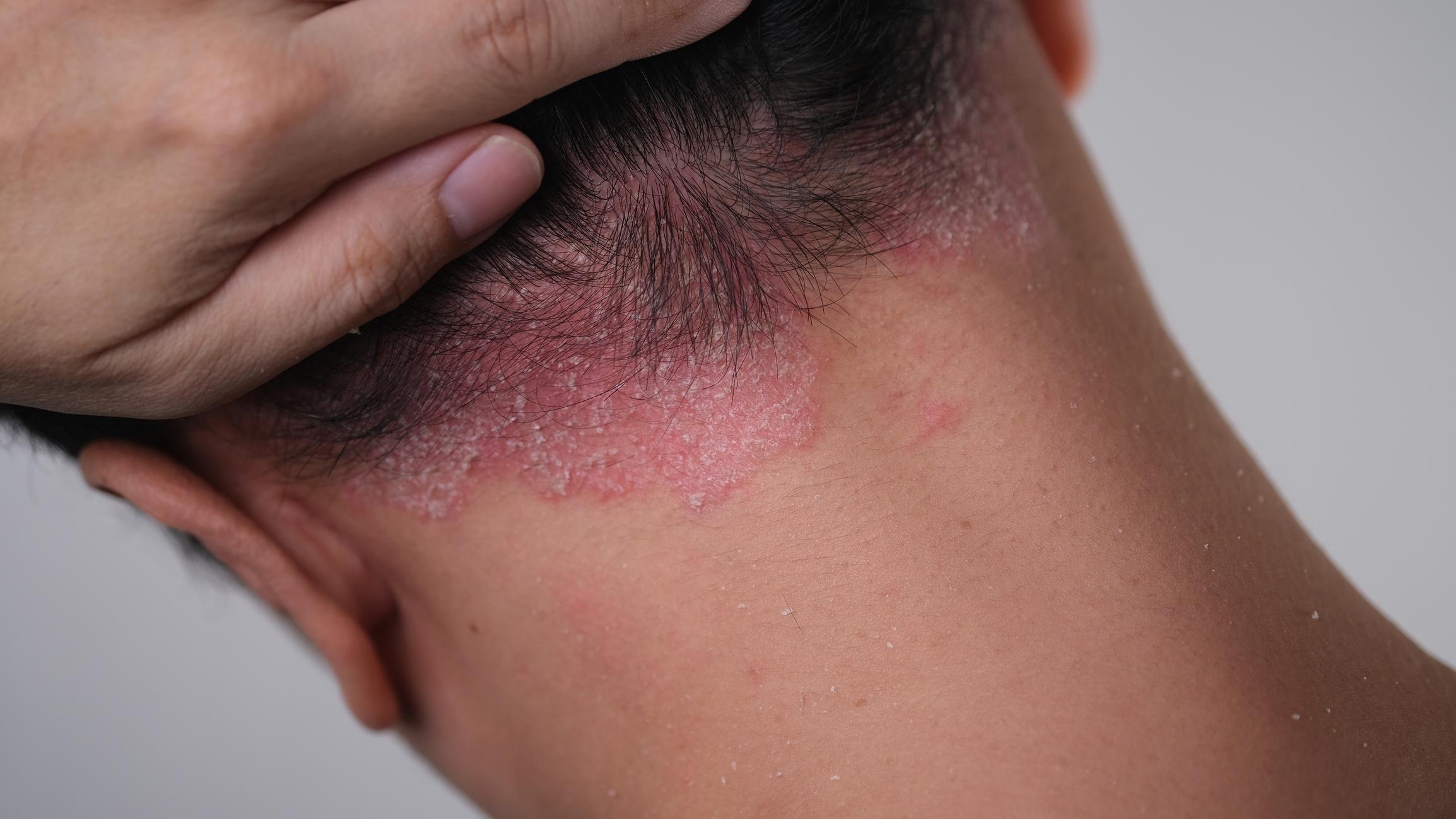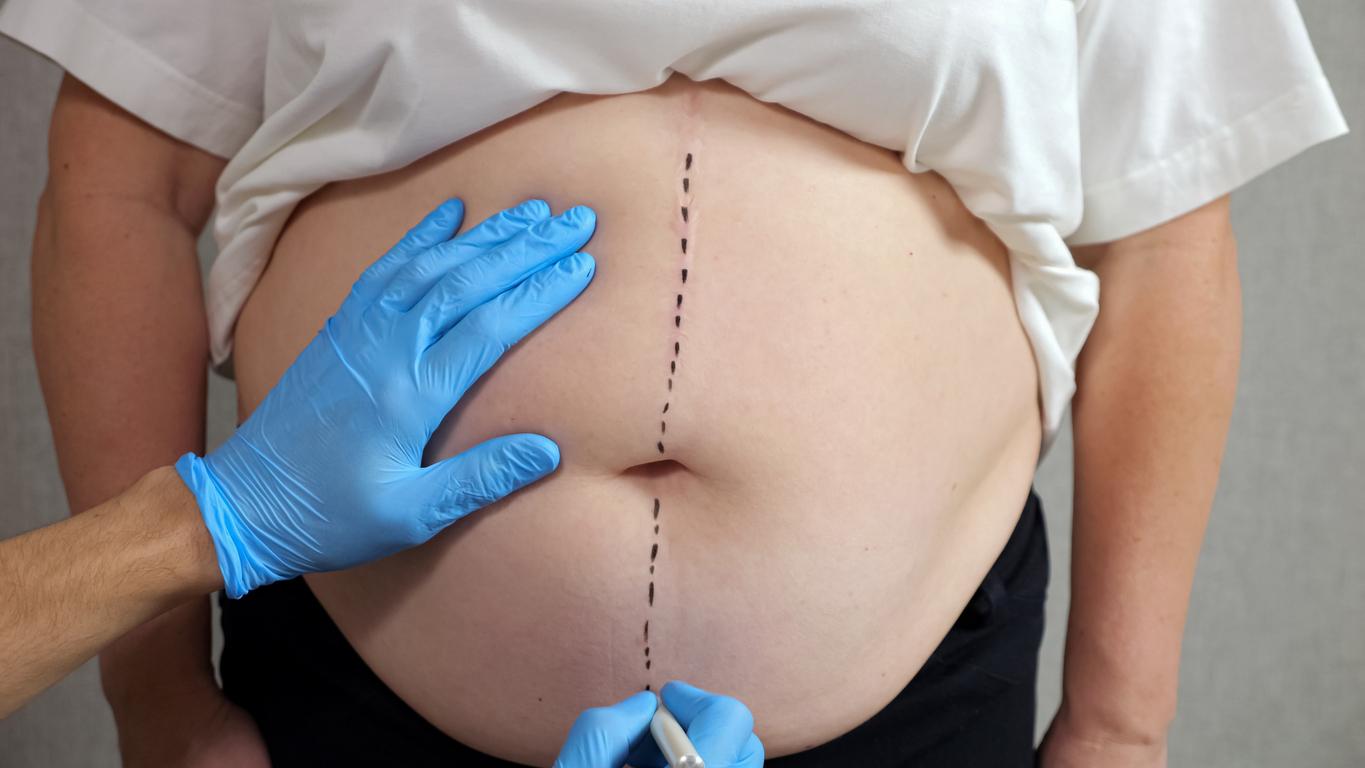World Hemophilia Day takes place this Sunday, April 17. The opportunity to raise awareness of this genetic and hereditary pathology which affects blood coagulation. Explanations.

- Hemophilia A affects one boy in every 5,000 births.
- Hemophilia B is much rarer and affects one in 25,000 births.
More than 7,000 people are affected by hemophilia in France, the majority of cases being men.
What is hemophilia?
It is a genetic and hereditary disease that is characterized by very poor blood clotting in patients who are affected. This means that in case of bleeding, the flow cannot stop or very difficult. Thus, if a person with hemophilia is injured, he is at risk of bleeding, which can be very serious.
There are two main types of hemophilia, A and B. The first is the most common while the other is five times rarer. The difference between the two is the missing clotting factor. Hemophilia A is characterized by a deficiency of coagulation factor VIII, whereas B is linked to a deficiency of coagulation factor IX.
Are some people more at risk?
Men are more at risk than women because this genetic disease is transmitted through the X chromosome. According to theInserm, “Having only one copy of this chromosome, boys are systematically sick when they inherit a mutated gene. Conversely, girls with two X chromosomes are only sick if they inherit two X chromosomes each carrying a mutated gene. This situation is extremely rare.”. It is therefore for this reason that boys are more at risk of suffering from hemophilia than girls.
When should the diagnosis be made?
Within a family, if there are known cases of hemophilia, doctors usually do tests to make a prenatal diagnosis. If the disease has not been diagnosed at this time, it is generally diagnosed very quickly during the first months or years of life because when the child is injured, the bleeding is heavy and therefore abnormal. This usually prompts parents to see a doctor.
What are the possible treatments ?
So far there is no cure for hemophilia. But treatments exist to reduce patients’ symptoms and improve their quality of life. These are regular intravenous injections of the missing clotting factor.
.

















